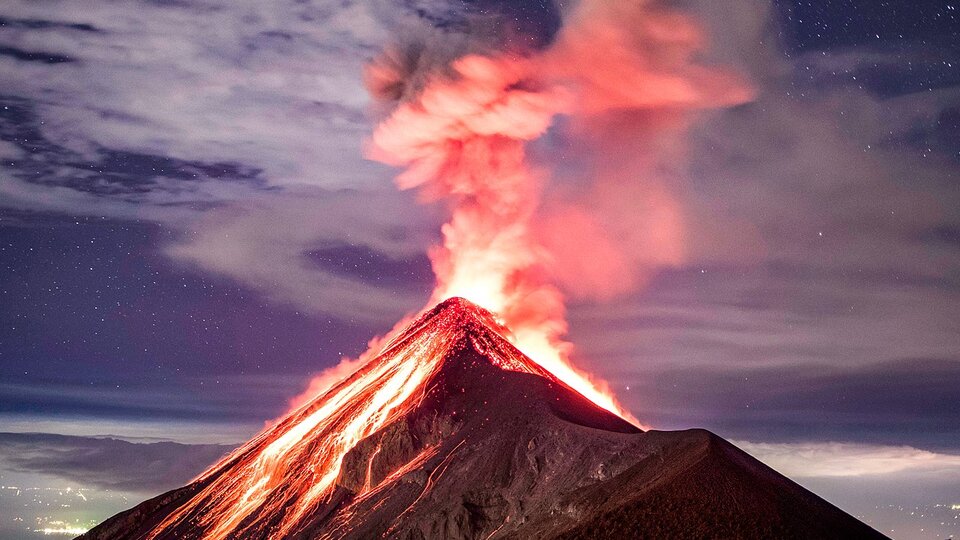
[ad_1]
Scientists at the University of Southampton have discovered that vast volcanic chains are responsible for both the emission and removal of atmospheric carbon dioxide (CO2). This characteristic allowed them to conclude that they were the main drivers of temperature stabilization on the Earth’s surface, over the past 400 million years.
Researchers from the University of Sydney, the Australian National University (ANU), the University of Ottawa and the University of Leeds sought to discuss the hypothesis that the climate stability of Earth on hundreds of millions of years is due to a balance between the seabed and continental interiors.
“The idea of a standoff between land masses and the seabed is not supported by the data.”said lead author of the study, Tom Gernon, associate professor of earth sciences at the University of Southampton and a member of the Turing Institute.
Volcanoes, regulators of the Earth’s temperature
The natural decomposition and dissolution of rocks in the Earth’s surface this is called chemical weathering. This mechanism is crucial because the weathering products (elements such as calcium and magnesium) travel through rivers to the oceans, where they form minerals that they retain CO2.
The feedback procedure regulates atmospheric CO2 levels and at the same time, the global climate, throughout geological time.
“In this sense, the alteration of the Earth’s surface serves as a thermostat”said Gernon. “Many processes on Earth are interconnected and there are significant delays between the processes and their effects,” said Eelco Rohling, co-author of the study.
Algorithms and tectonic plates
To tackle the complex study, the team built a new ‘terrestrial network’, incorporating machine learning algorithms and plate tectonics reconstructions. This allowed them to capture the dominant interactions within the Earth system and see how they have evolved over time.
Thus, they discovered that volcanic arcs were important in weathering for the past 400 million years.
Martin Palmer, professor of geochemistry at the University of Southampton and co-author of the study, said: “It is a balancing act. On the one hand, these volcanoes pumped out large amounts of CO2 which increased atmospheric CO2 levels. On the other hand, these same volcanoes helped remove this carbon through rapid weathering reactions. “
Today, the continental arcs include chains of volcanoes in, for example, the Andes in South America and the Cascades in the United States.
A solution to climate change?
Atmospheric CO2 levels are higher than at any time in the past 3 million years, and human-made emissions are few 150 times more than volcanic CO2 emissions, the researchers say.
“Unfortunately, the results do not mean that nature alone will save us from climate change“, emphasizes Gernon.
“Although volcanic arcs seem to have saved the planet in the past, they are not on the scale needed to help counter today’s CO2 emissions,” Gernon explained.
However, The team’s findings provide crucial insight into how the company might manage climate crisis. Artificial weathering of rocks, where rocks are pulverized and scattered across the country to speed up chemical reaction rates, could play a key role in the safe removal of CO2 from the atmosphere.
Such schemes can be optimally implemented using calc-alkaline volcanic materials (those containing calcium, potassium and sodium), such as those found in continental arc environments.
.
[ad_2]
Source link
 Naaju Breaking News, Live Updates, Latest Headlines, Viral News, Top Stories, Trending Topics, Videos
Naaju Breaking News, Live Updates, Latest Headlines, Viral News, Top Stories, Trending Topics, Videos